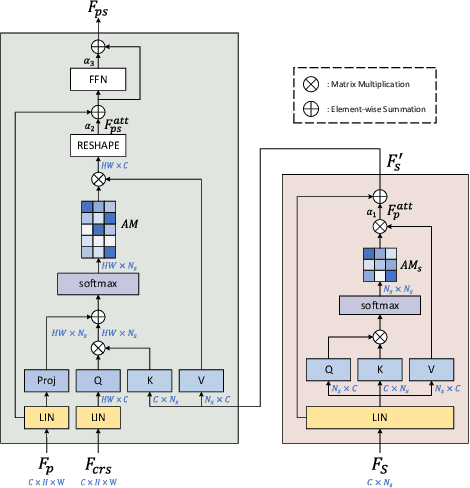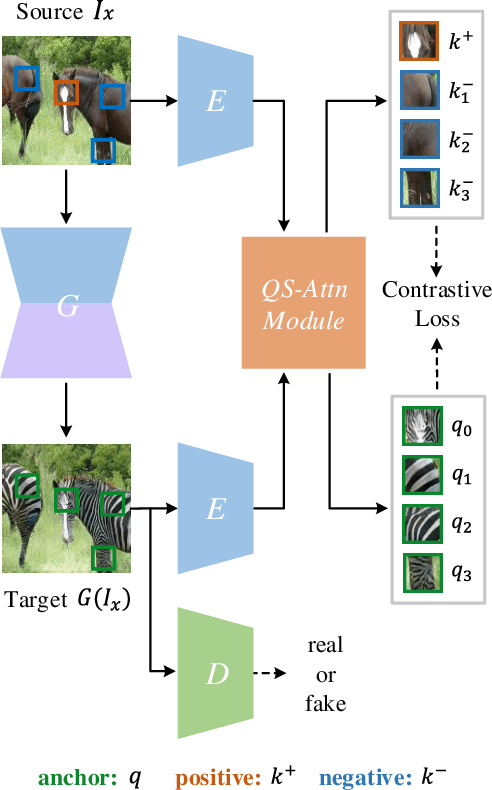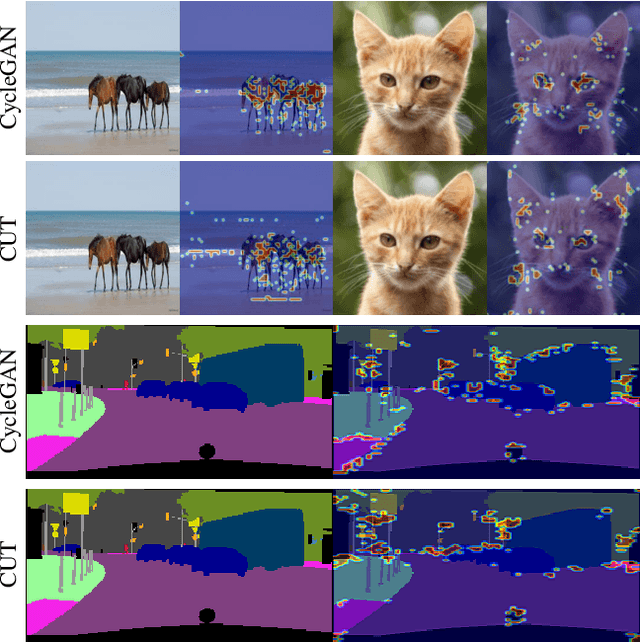Xinyue Zhou
Cross Attention Based Style Distribution for Controllable Person Image Synthesis
Aug 01, 2022



Abstract:Controllable person image synthesis task enables a wide range of applications through explicit control over body pose and appearance. In this paper, we propose a cross attention based style distribution module that computes between the source semantic styles and target pose for pose transfer. The module intentionally selects the style represented by each semantic and distributes them according to the target pose. The attention matrix in cross attention expresses the dynamic similarities between the target pose and the source styles for all semantics. Therefore, it can be utilized to route the color and texture from the source image, and is further constrained by the target parsing map to achieve a clearer objective. At the same time, to encode the source appearance accurately, the self attention among different semantic styles is also added. The effectiveness of our model is validated quantitatively and qualitatively on pose transfer and virtual try-on tasks.
QS-Attn: Query-Selected Attention for Contrastive Learning in I2I Translation
Mar 16, 2022



Abstract:Unpaired image-to-image (I2I) translation often requires to maximize the mutual information between the source and the translated images across different domains, which is critical for the generator to keep the source content and prevent it from unnecessary modifications. The self-supervised contrastive learning has already been successfully applied in the I2I. By constraining features from the same location to be closer than those from different ones, it implicitly ensures the result to take content from the source. However, previous work uses the features from random locations to impose the constraint, which may not be appropriate since some locations contain less information of source domain. Moreover, the feature itself does not reflect the relation with others. This paper deals with these problems by intentionally selecting significant anchor points for contrastive learning. We design a query-selected attention (QS-Attn) module, which compares feature distances in the source domain, giving an attention matrix with a probability distribution in each row. Then we select queries according to their measurement of significance, computed from the distribution. The selected ones are regarded as anchors for contrastive loss. At the same time, the reduced attention matrix is employed to route features in both domains, so that source relations maintain in the synthesis. We validate our proposed method in three different I2I datasets, showing that it increases the image quality without adding learnable parameters.
 Add to Chrome
Add to Chrome Add to Firefox
Add to Firefox Add to Edge
Add to Edge